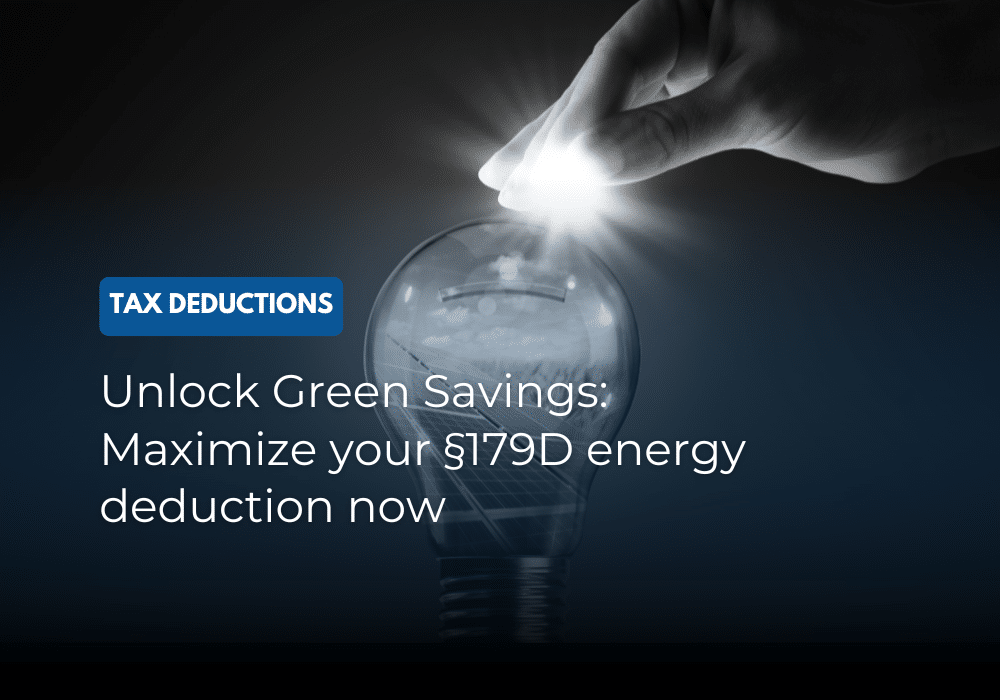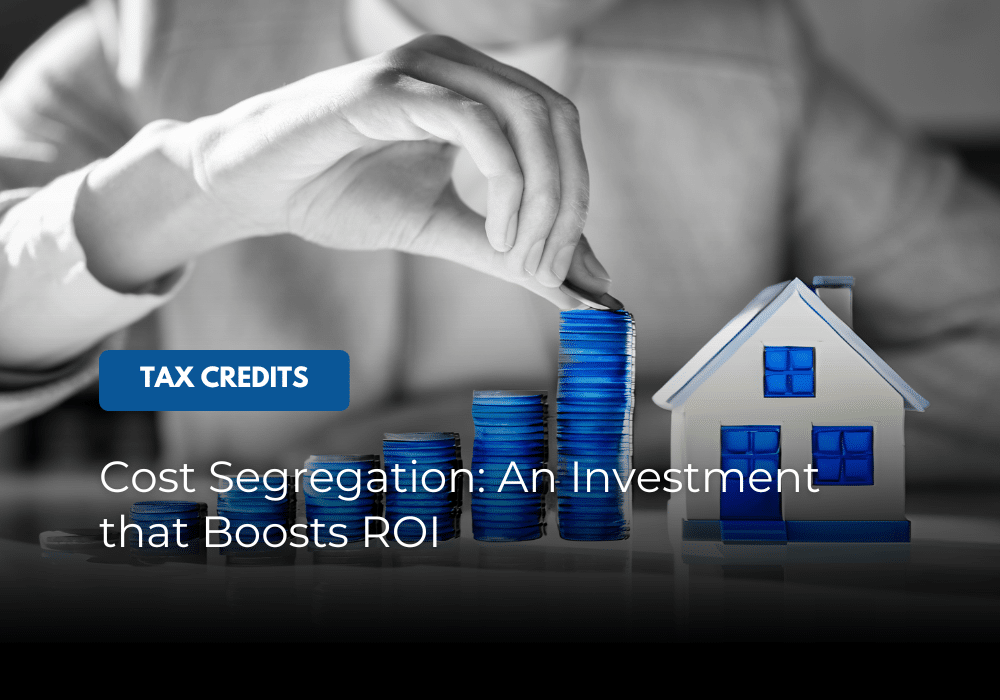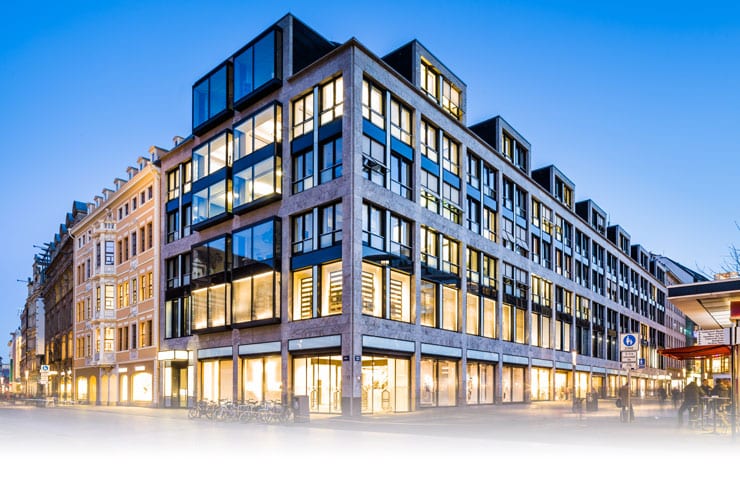Under the section 179d tax deduction, certain taxpayers – including architects, developers, engineers, and construction companies – can qualify for a deduction of up to $1.80 per square foot for designing or building energy-efficient properties.
One of the purposes of this potentially lucrative tax incentive, which was made permanent in late 2020, is to encourage architects, developers, designers, and builders to incorporate more energy-efficient components into their building designs.
Claiming this deduction isn’t difficult. However, you must provide the necessary information and documentation, as required by the U.S. Internal Revenue Service (IRS).
Understanding Section 179d Tax Incentives for Building Design & Construction
This section of the U.S. tax code is best known for allowing property developers, owners, and tenants (whoever has the cost basis of the property) to claim this deduction. However, whenever the property owner or tenant is a non-taxpaying entity, the tax code allows designers and builders to apply for the deduction under specific circumstances.
In addition to developers, engineers and contractors, entities who may be able to leverage this lucrative tax incentive include environmental and energy-efficiency consultants, energy services providers or any entity responsible for developing compliant energy-efficient project design and technical specifications, as long as they are owned by a non-taxable entity.
Whether new construction or retrofit, the property must have been put into service on January 1, 2006 or later. This deduction may be applied to any tax year utilizing the tax form 3115.
Does Your Design Project Qualify for a 179d Tax Credit?
Qualifying 179d property types include all commercial buildings – including parking structures and warehouses – as well as multi-family properties of more than three stories, (under three stories will want to look into 45L tax credit) as long the building meets or exceeds the energy-efficient standards outlined in the tax code
From an energy-efficiency perspective, the subject property must meet established standards for interior lighting, heating, air conditioning, and ventilation systems, hot water, and/or building envelope design. Specifically, the subject property must reduce energy use and cost by at least 50%, based on the American Society of Heating, Refrigerating, and Air Conditioning Engineers’ ASHRAE Standard 90.1. If the property doesn’t meet the full >50% energy savings, you can claim partial deductions based on reduced energy use milestones.
How to Claim a Section 179d Tax Deduction
Claiming this tax incentive isn’t difficult or time-consuming. However, you must provide the documentation and support required by the IRS. The most important documentation you will need is a formal analysis and certification prepared by a qualified, unaffiliated third-party preparer.
The experts at Cost Segregation Authority have the required engineering background and experience as well as an in-depth knowledge of the U.S. tax code and related legal issues. We are exclusively engaged in preparing cost segregation studies and the reports required for leveraging both Section 179d and Section 45L tax incentives.
We offer a no-cost, no-obligation benefits analysis, so you can quickly determine your potential benefit. Contact us today to learn more about how you can leverage the Section 179d tax deduction for energy-efficient government building design.

















